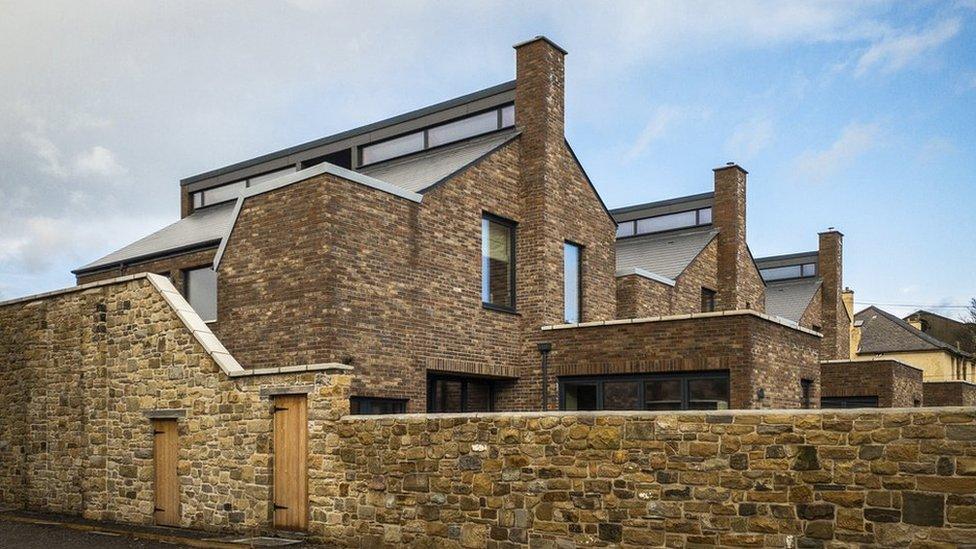In Pictures: Exceptional buildings win architecture awards
- Published

The Den, in Tighnabruaich boasts incredible views
The winners of Scotland's prestigious national architecture awards have been named.
The Royal Incorporation of Architects in Scotland (RIAS) has named eight "exceptional" buildings as winners
The top properties include a secondary school built with pupils' mental health in mind, and a rural office building on the edge of the Balmoral Estate.
Here are the 2022 prize winners and why they were chosen.
Forth Valley College - Falkirk Campus, by Reiach and Hall Architects
The new Falkirk Campus for Forth Valley marks the culmination of a decade-long estates programme. Its focus is on science and technology, engineering, sport and healthcare and the project tried to embody a progressive approach to education where inclusion and respect are key. The building boasts cutting-edge classrooms, flexible spaces and advanced technology.
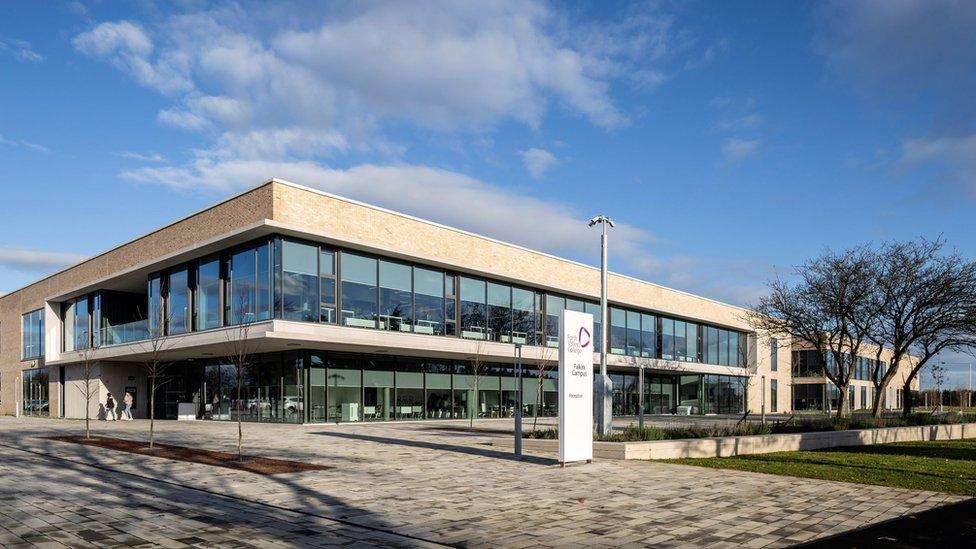
The Falkirk campus of Forth Valley College was selected for its inclusivity

The appeal of the building was its flexible spaces
Havenfield Mews, Edinburgh, by Sonia Browse Architects
Havenfield Mews is a development of three family townhouses in a new mews street in Portobello, built on the site of a former church hall. RIAS said the small-scale project appealed because it was sympathetic to the existing style and character of the neighbourhood, and was carefully designed as a place for people rather than for vehicles. The project prioritised a fabric first approach with careful consideration given to maximising passive heat gains. Despite the relatively constrained site, the houses are generously sized, and full of character and light, said the judges.

Havenfield Mews is made up by three townhouses built on the site of a church hall
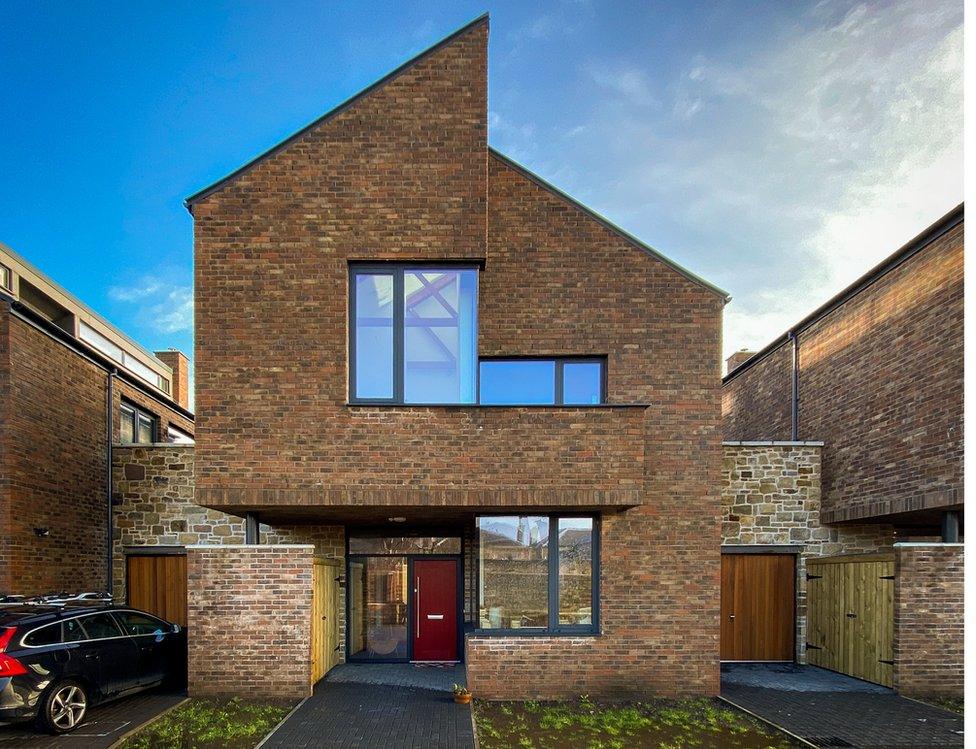
Havenfield is sympathetic to the existing style and character of the neighbourhood and is built with people, not cars, in mind
High Sunderland, Galashiels, by Loader Monteith
High Sunderland is a 1957 Category A-listed modernist building designed by Peter Womersley. Its future was in jeopardy following a fire in 2017 until new owners Juliet Kinchin and Paul Stirton - both Scottish historians of architecture and design - appointed Loader Monteith to undertake an extraordinarily careful and skilful restoration. The result combines a forensic approach to building conservation and reuse, while improving High Sunderland's energy performance.

The stylish sunken lounge kept its retro appeal while being restored
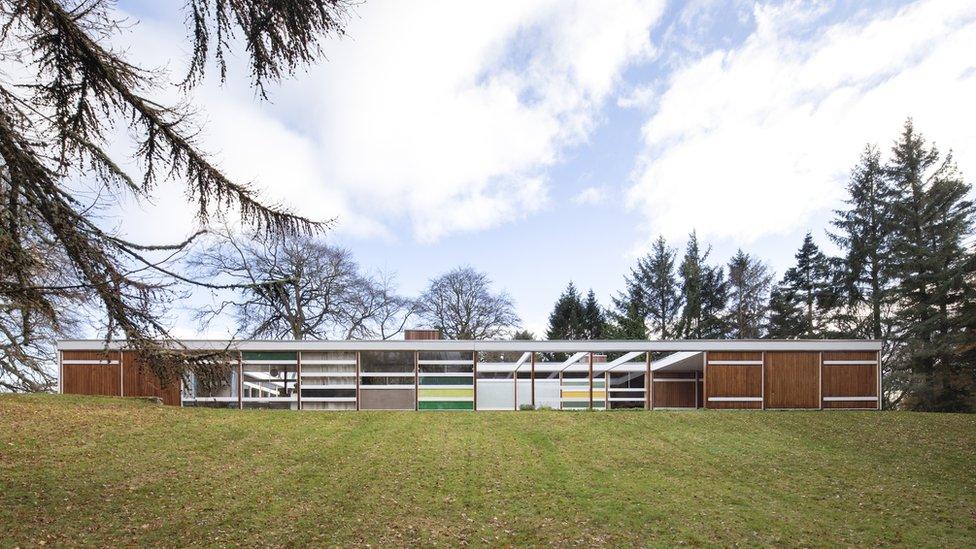
The modernist High Sunderland fell victim to a fire in 2017 and was then restored
Jedburgh Grammar Campus, by Stallan-Brand Architecture and Design
The new Jedburgh Grammar enjoys a design that prioritises students' mental health and wellbeing. Stallan-Brand Architecture and Design's approach created flexible spaces that allow students to take ownership of their space, and instead of generic classrooms, it offers a variety of places for students to learn, present, socialise, make and retreat.

Jedburgh Grammar was officially opened in 2020, and moved away from the traditional school model

The school has large open place studio spaces rather than traditional classrooms
Lockerbie Sawmill, Lockerbie, by Konishi Gaffney
Konishi Gaffney didn't have to look far for materials for the new offices and visitor centre at the UK's largest sawmill. The building acts as a demonstration project, almost entirely erected from James Jones and Sons' own products with an approach to minimising the use of steel and maximising timber. The ode to sustainable timber construction showcases the company's ambition as well as its operations in presenting a flagship for Scotland's timber industry.
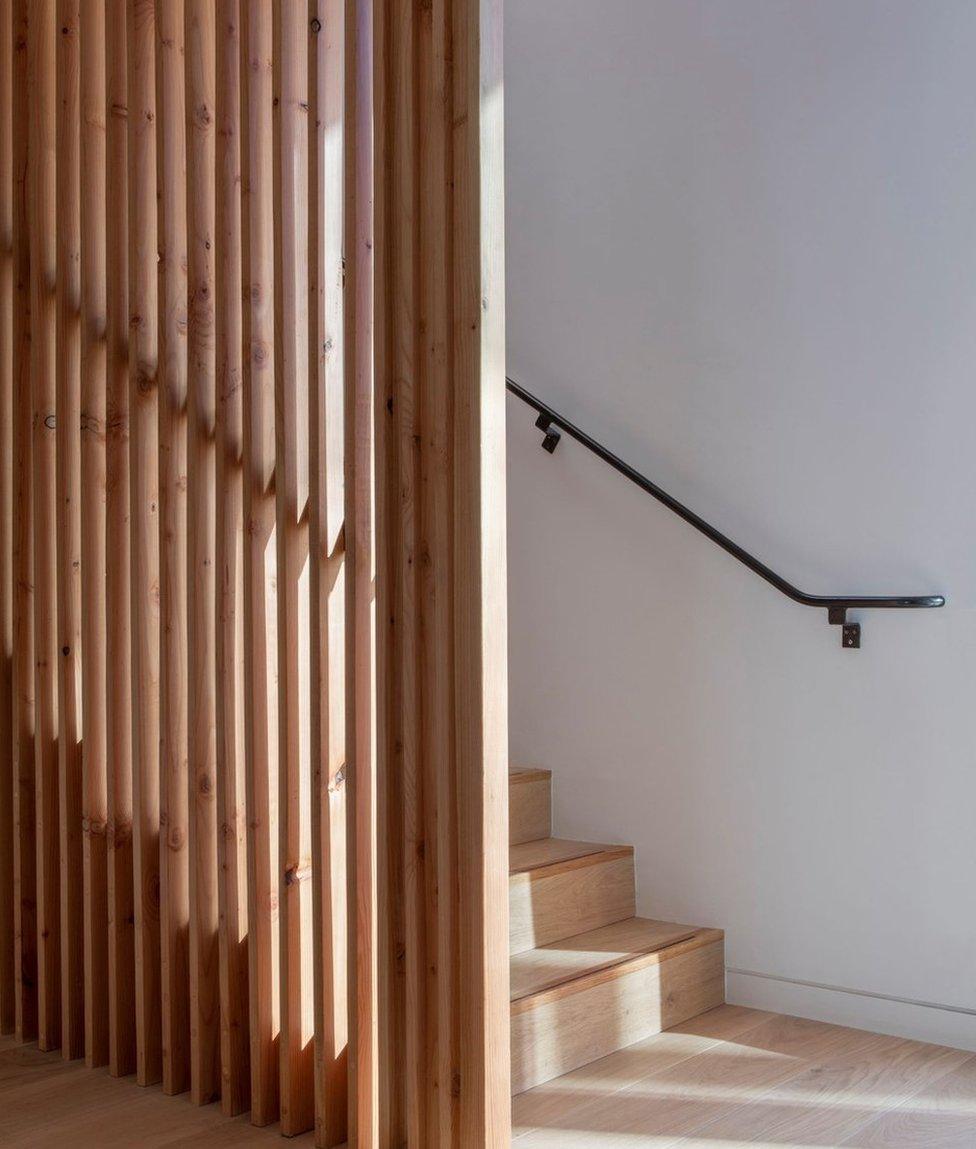
Lockerbie Sawmill showcases James Jones and Sons' own products in its design

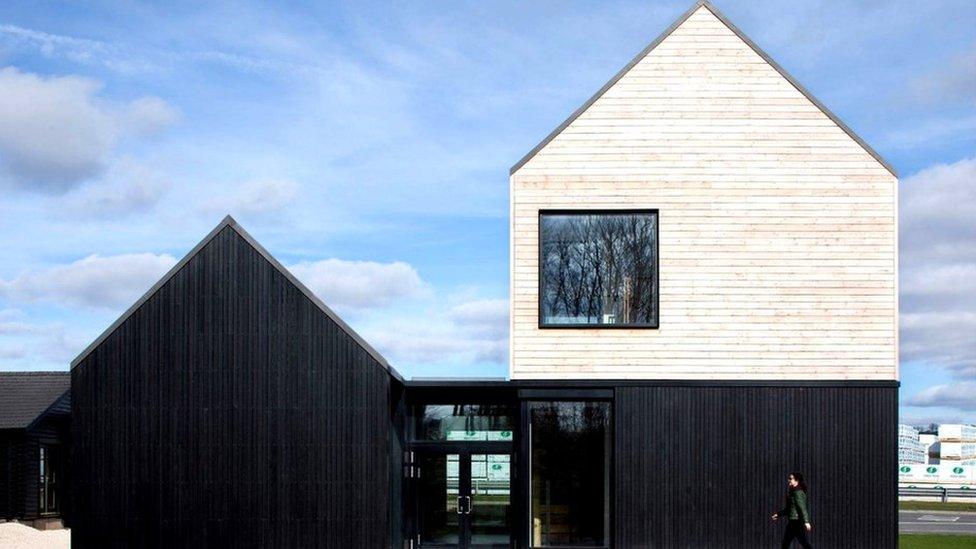
Konishi Gaffney was briefed to create a new building to welcome visitors and provide additional office space
Ostro Passivhaus, Kippen, by Paper Igloo
Ostro Passivhaus is a contemporary and low-energy dwelling, RIAS said it was a labour of love from architects Mhairi Grant and Martin McCrae who built the house by hand over several years on a modest budget. Nothing is unnecessary or superfluous and the building demonstrated beauty and durability in the face of the climate crisis.
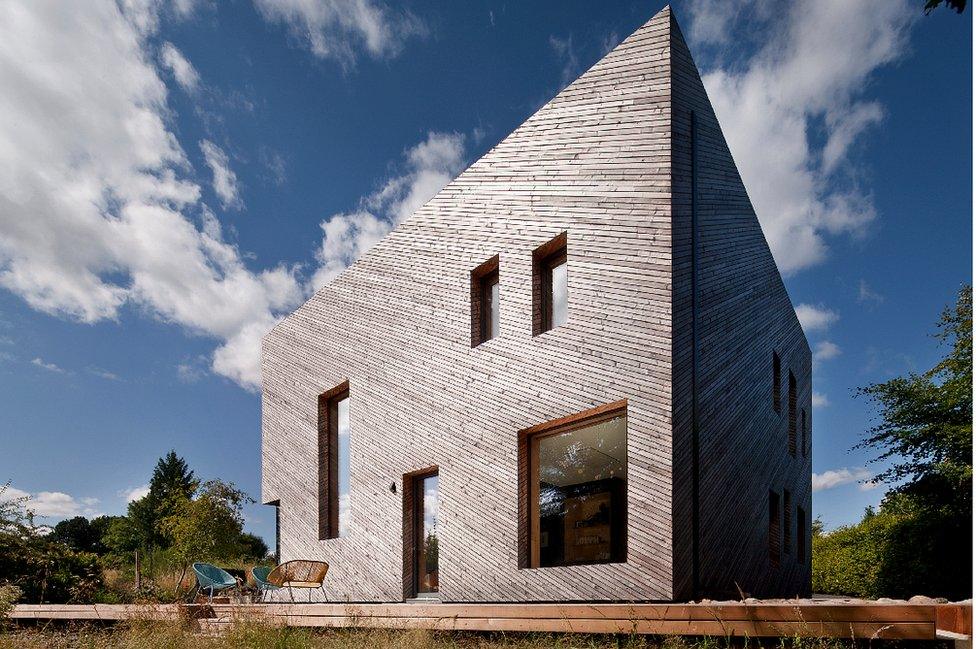
A true labour of love. The architects who designed Ostro Passivhaus built it as their own home
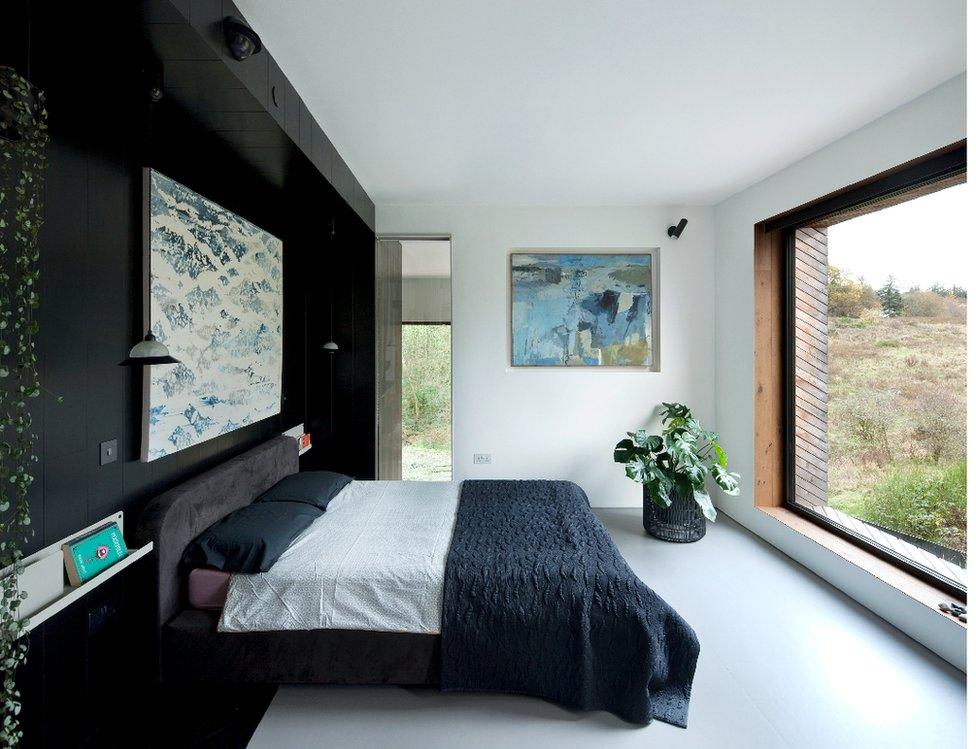
As well as being sustainable, the house makes the most of its surroundings and views
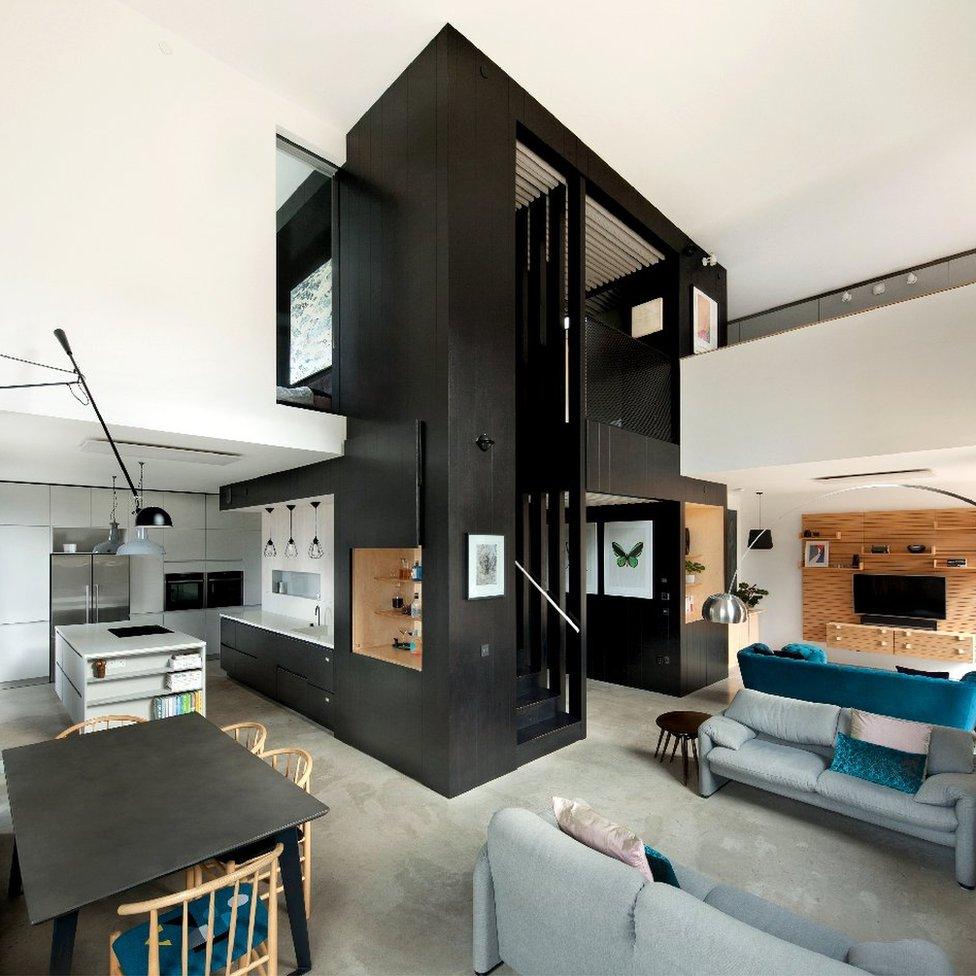
The home is built around a central cube, ensuring light flooding in from all sides
Quarry Studios, Aberdeenshire, by Moxon Architects
Moxon Architects' own office is a low-lying building, surrounded by thick forest, tucked into the bowl of a former quarry in the Cairngorms National Park. The building combines a studio and café, a private and a public face, with the latter providing valuable amenity to the small community. It is welcoming and accessible, with a layout that is tied to the landscape. The lightweight building was designed to support local labour through the promotion of traditional trades and contemporary construction techniques.
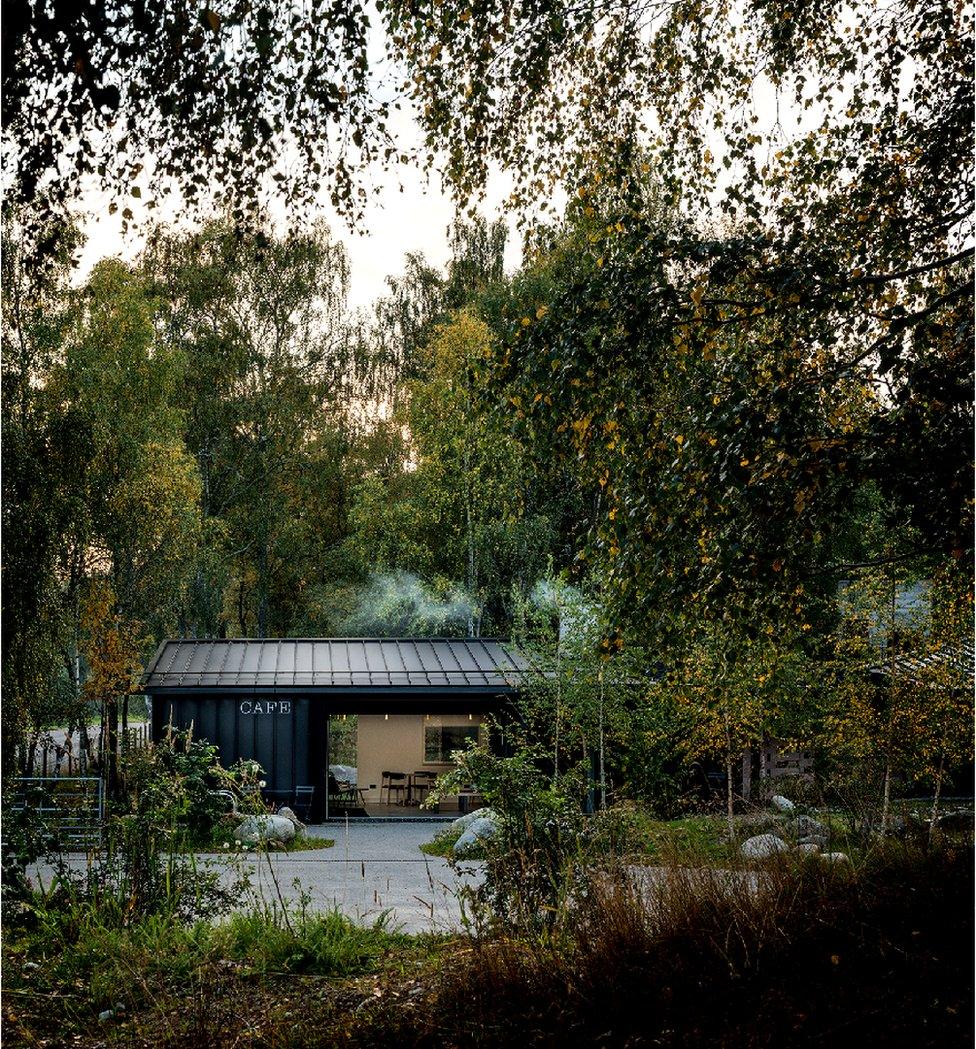
Quarry Studios nestles into the forest in the Cairngorm National Park with a public cafe

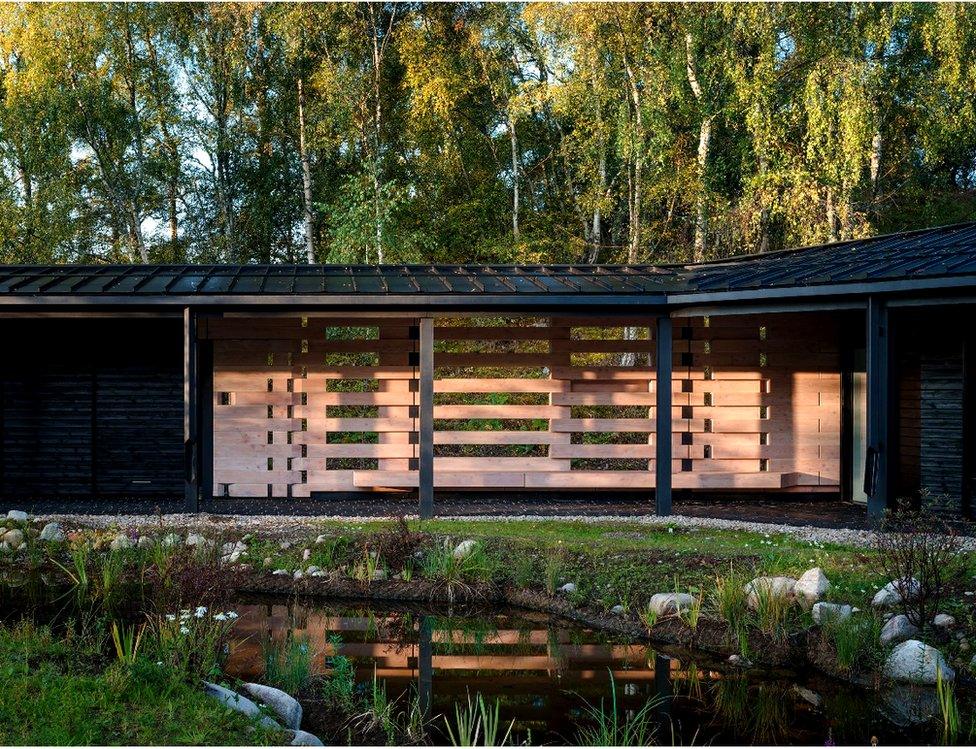
The building sits in the bowl of a former quarry
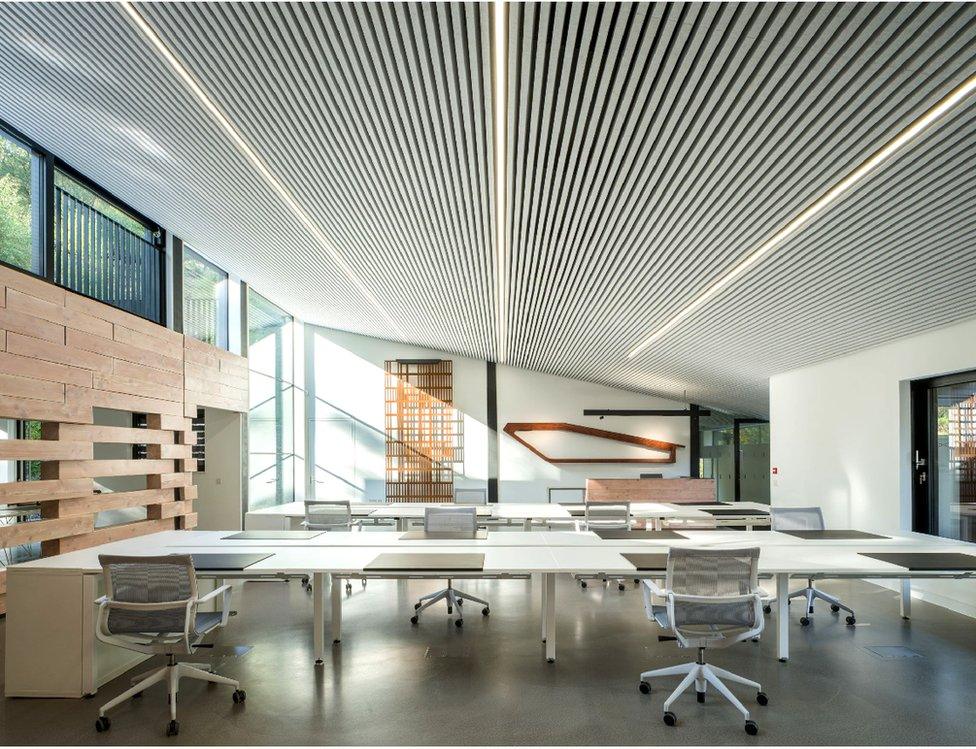
The building is welcoming and accessible
The Den, Tighnabruaich, by Technique Architecture and Design with Stallan-Brand
Two dilapidated flats were combined to create this holiday home and studio space - conceived as a den and lookout post with spectacular views across the Kyles of Bute. Stone walls and battered floorboards were retained within the split-level living space, encased within a new plywood volume containing the kitchen, bedrooms and storage, and clad with an insulated metal 'exoskeleton'. The result is a contemporary addition to the town with equally unique interiors.
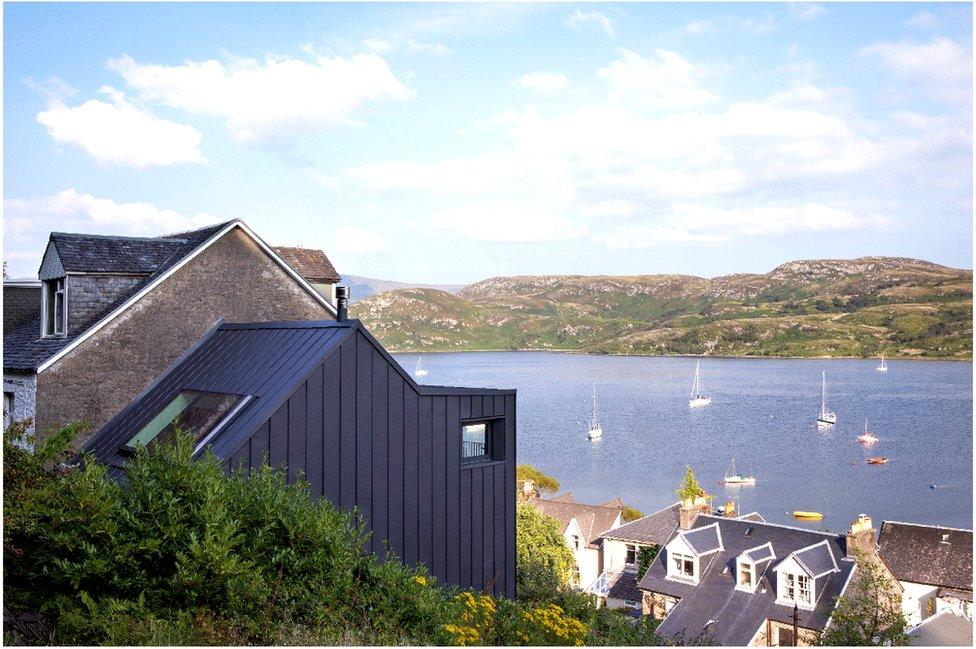
The Den is a holiday home and studio space facing the the Kyles of Bute
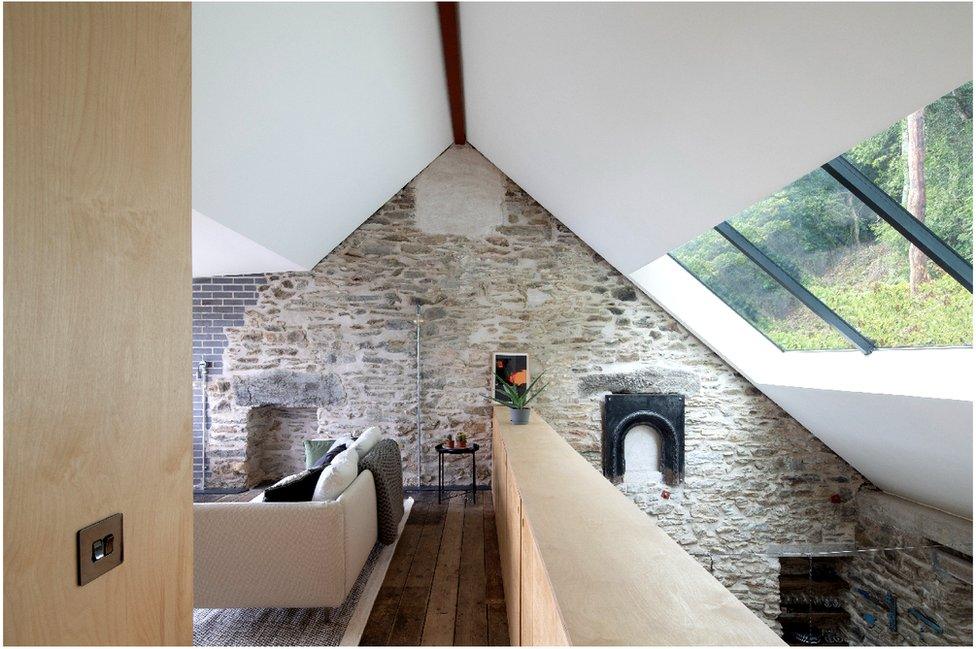
The Den retained stone walls and battered floorboards to retain its character
All eight winners will now be judged to find the RIAS Andrew Doolan Best Building in Scotland Award - one of the most significant architecture prizes in the world - which will be announced in November.
They will also go into the Royal Institute of British Architects (RIBA) Awards.
All images are subject to copyright.
- Published2 September 2021
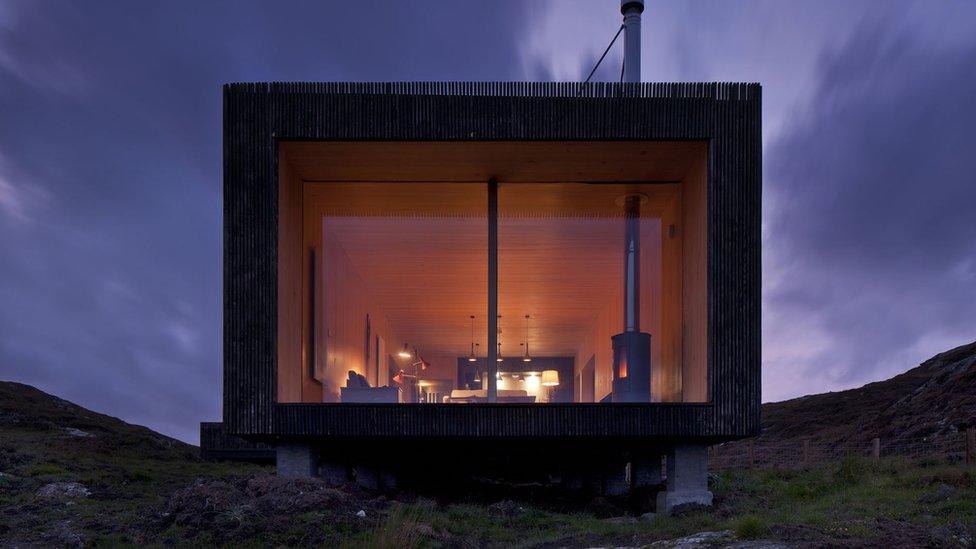
- Published2 March 2022
